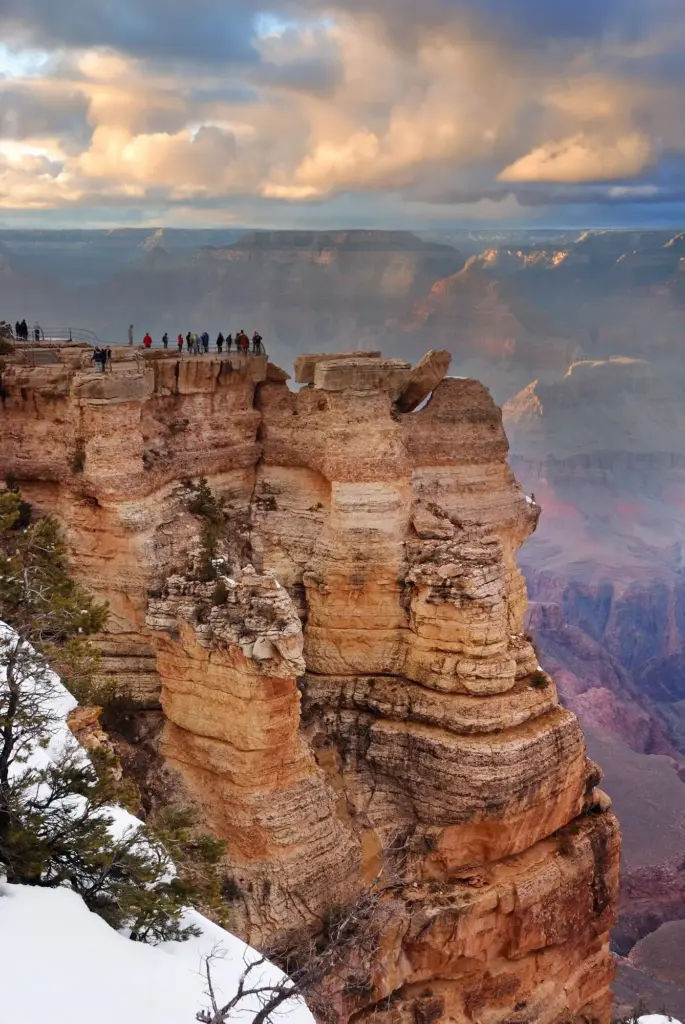Cross-Canada on a Shoestring: Plan the Drive of a Lifetime
Today we’re diving into creating a budget-friendly itinerary for a cross-Canada drive, weaving from Atlantic cliffs to Pacific rainforests without draining your savings. Expect practical pacing, real cost strategies, must-see detours, and thoughtful trade-offs that keep the journey joyful. We’ll blend maps, money-smarts, and lived road wisdom, so you finish with a realistic plan you can trust. Share your questions, subscribe for checklist updates, and let’s turn a coast-to-coast dream into a carefully crafted, affordable adventure.
Map the Miles: Smart Route and Pace
The secret to affordability is planning the right distance per day, sequencing provinces sensibly, and reserving splurges where they matter most. From the Trans-Canada Highway’s steady ribbons to scenic spurs like the Icefields Parkway, a thoughtful route saves fuel, time, and nerves. We’ll identify anchor cities, stitch in flexible buffers for weather, and balance long prairie stretches with restorative rest days. Comment with your own pacing sweet spot to help fellow drivers refine their ideas.
Choose Direction and Anchor Points
East-to-west or west-to-east each carries subtle advantages, from tailwinds and sunrise schedules to when ferries or mountain passes tend to be kinder. Pick a handful of anchor cities—St. John’s, Halifax, Quebec City, Ottawa, Winnipeg, Calgary, Vancouver Island—and draft segments between them. This simplifies booking windows, spreads costs, and gives you clear milestones. Leave room for detours like the Cabot Trail or Grasslands National Park if the weather smiles or locals tip you off.
Set Realistic Daily Driving Windows
Ambitious agendas often explode budgets through fatigue, speed, and unplanned motel stops. Plan conservative mileage, then add generous buffer time for construction zones, wildlife crossings at dawn and dusk, and photo pauses when the Rockies or prairie skies demand attention. Aim for a rhythm that includes short days after long hauls and cluster sightseeing to minimize backtracking. Your wallet and energy will both thank you, and you’ll actually enjoy the ride instead of chasing the clock.
Seasonal Timing and Weather Surprises
Shoulder seasons often deliver kinder prices, thinner crowds, and cooler engines. Spring thaw can roughen secondary roads; fall brings early snow across mountain passes. Track provincial holidays that spike accommodations, and confirm ferry schedules early. A flexible buffer day every thousand kilometers absorbs storms or maintenance hiccups without emergency spending. Carry layers and a compact windshield cover to dodge morning frost costs. Share your ideal month in the comments so others can learn from regional insights.
Find the Free: Experiences that Cost Little and Give Plenty
A budget drive doesn’t mean cutting joy. Hikes, scenic lookouts, cultural festivals, and oceanside boardwalks deliver unforgettable memories at almost no cost. Time your cities for free museum evenings, watch for local heritage days, and borrow walking tour maps from visitor centers. National and provincial park trails often require only access passes. Ask baristas and campground hosts for neighborhood gems. Let the comments become a living atlas of low-cost wonders stitched together by real travelers’ discoveries.
Road-Ready and Safe: Prep that Saves Money Later
Preventive care beats emergency repairs every time, especially far from big towns. A pre-trip service, fresh wiper blades, and solid tires reduce risk and stress. Confirm roadside assistance coverage extends across provinces, and carry an emergency kit you’ve actually tested. Offline maps protect you from dead zones, while a paper backup defeats low batteries. Organize documents, spare fuses, and a compact compressor. Comment with what saved your bacon so others can learn from real mishaps avoided.
Vehicle Checkups that Prevent Big Bills
Schedule inspection two weeks before departure so there’s time to fix surprises. Check brakes, fluids, belts, battery health, and tire tread, including the spare. Clean or replace air filters for fuel efficiency and better mountain performance. Pack a torque wrench, basic tool roll, and reflective triangle. Practice changing a tire in your driveway before learning on a gravel shoulder. Record maintenance dates in your phone. Small leaks and worn hoses become budget nightmares only when ignored too long.
Insurance, Permits, and Coverage Across Provinces
Review auto insurance for roadside towing, windshield coverage, and rental reimbursement. Some provinces require distinct permits for certain roads, parks, or crown land camping—check regulations and carry proof. Confirm health coverage details far from your home clinic, and add travel coverage if needed. Store digital copies of registrations and policies in offline folders. Keep an emergency contact card in your wallet. Transparent paperwork reduces fines, delays, and costly detours better than any discount code ever could.
Connectivity, Maps, and Backup Plans
Cell service can fade between northern towns or through mountain valleys, so download provincial map packs and save coordinates for campgrounds, fuel, and grocery stops. Share your itinerary with a trusted friend and schedule check-ins. Bring a power bank and a simple paper atlas for quick orientation. Mark alternative routes in case of road work or wildfire detours. Practice switching navigation apps offline. Redundancy guards your budget by preventing desperation bookings and long, fuel-burning backtracks.


Nights that Stretch the Budget: Stays that Work
Sleep shapes morale and costs. A varied mix—camping in fair weather, car-camping when necessary, hostels for laundry and community, strategic motels during storms—keeps energy high and budgets calm. Learn quiet hours and local regulations, and leave sites better than you found them. Prioritize locations with showers or lakes for quick dips. Track booking windows around busy weekends. In the comments, trade honest reviews of favorite campgrounds and hostel kitchens that made cooking easy and social.
Sample Schedules to Tweak Confidently
Templates help you sense pacing before customizing for your interests. These outlines balance drive time with free or low-cost highlights and built-in rest days. Use them as scaffolding, then swap segments, add buffers, and align free museum nights or ferry crossings. Pair each schedule with a budget tracker to compare planned versus actual costs. Ask questions in the comments, share your edits, and help refine these living outlines into sharper, crowd-tested road plans for future readers.




Tools, Checklists, and Community Wisdom
Good planning tools reduce stress and prevent last-minute spending. Build a living spreadsheet with fuel estimates, nightly targets, and meal plans. Save offline documents, packing lists, and booking confirmations where you can find them without signal. Keep a shared map for companions and a habit tracker for car maintenance. We’ll keep refining resources with your feedback. Subscribe for updated templates, share your hard-won insights, and help future travelers dodge our mistakes while adding brighter ideas to the road.
All Rights Reserved.
